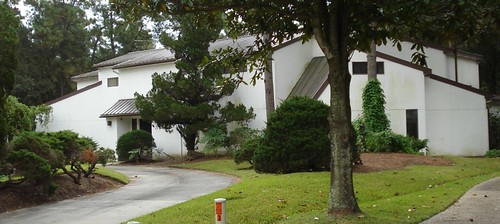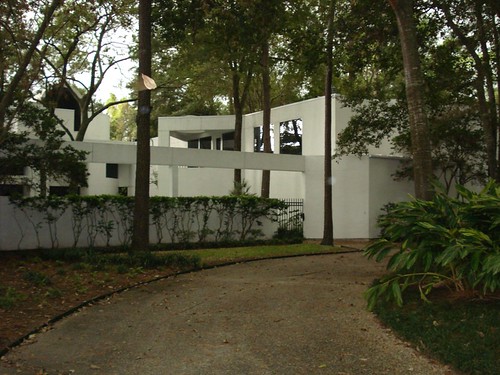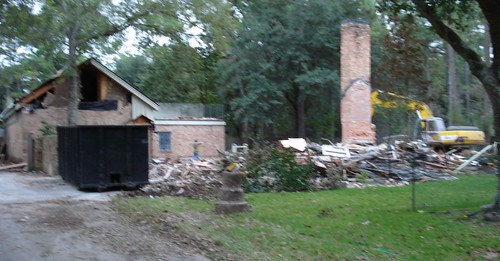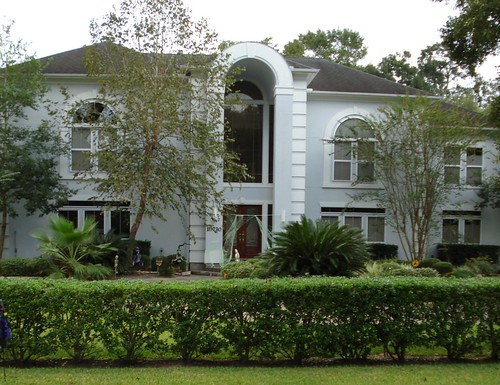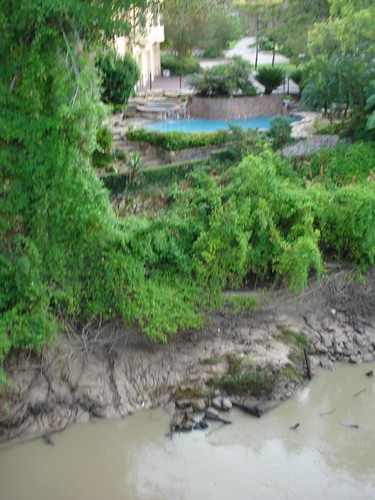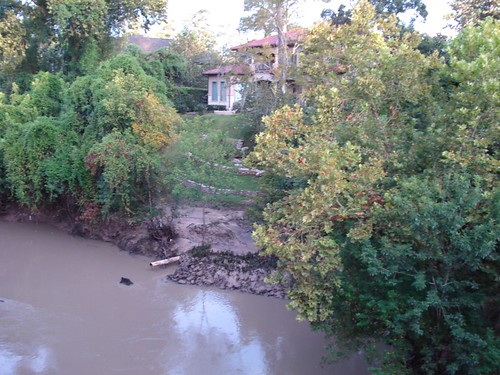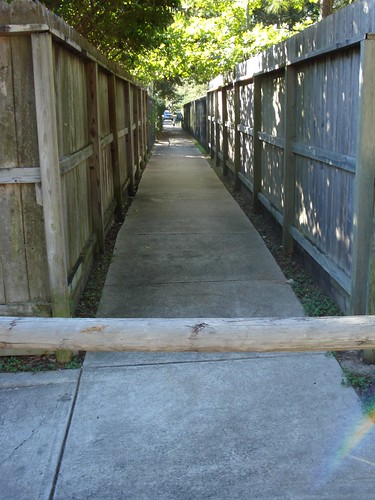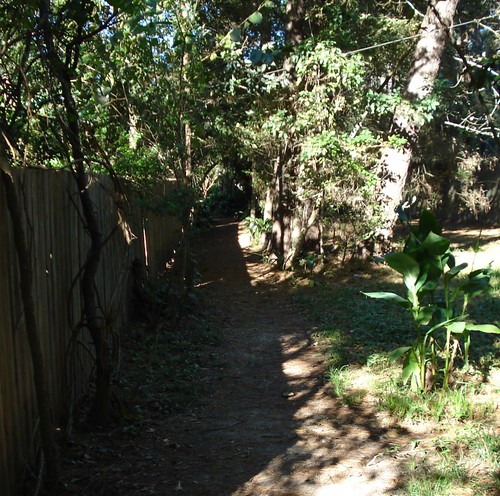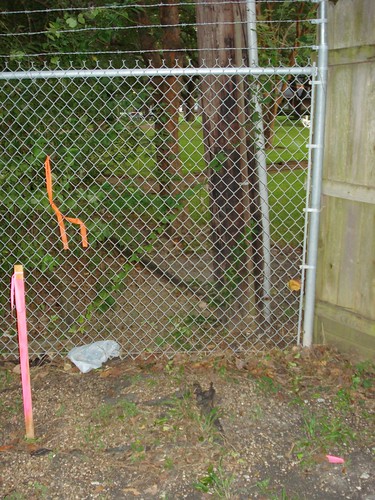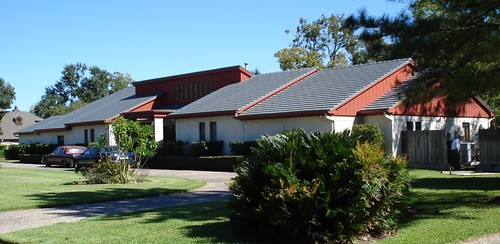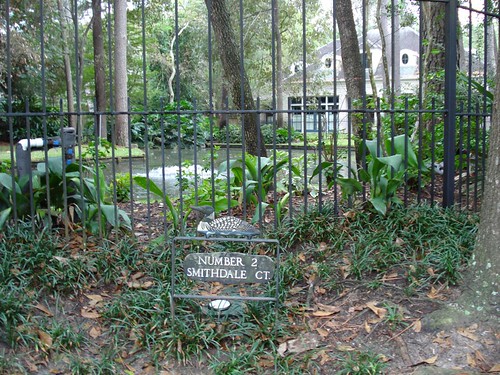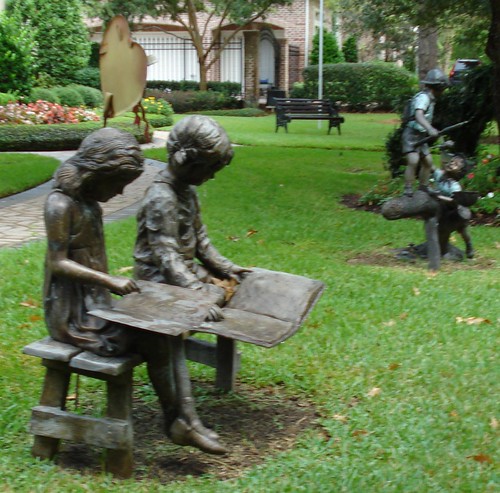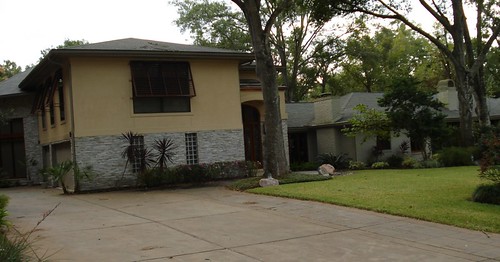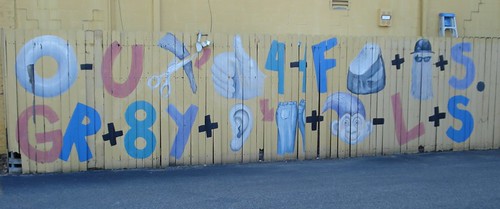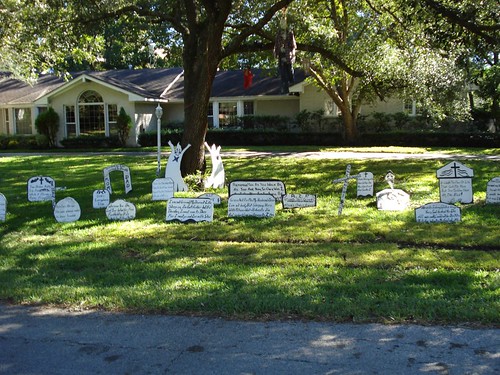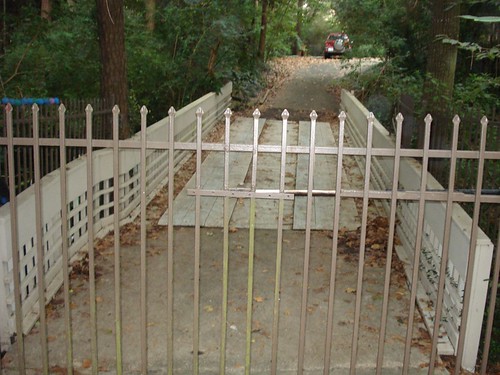
I started this particular ride back in August, fully intending to finish it up quickly. School intervened, and I found it hard to make the time. This week is midterm break, so that has given me the opportunity to finish up
Piney Point Village and
Hedwig Village, and do most of Hunters Creek.
Piney Point and
Hunter’s Creek are interesting places—the 3
rd and 5
th richest towns in
Houston, according to Wikipedia. Of course, they are not really towns. Towns are places where people live, work, shop, recreate—these two villages are basically political units that are mainly distinguished by the fact that they are not
Houston. I suspect that if River Oaks was its own politically independent “village,” it too would be one of the five wealthiest towns in
Texas.
One thing I took a lot of pictures of was a creek which winds through Piney Point and Hunter’s Creek. It’s not Hunter’s Creek (which is larger and seems to run mainly in Hedwig Village, weirdly enough). It’s called Soldier’s Creek, and it winds through the yards of the wealthy residences of these two villages, eventually emptying into Buffalo Bayou.
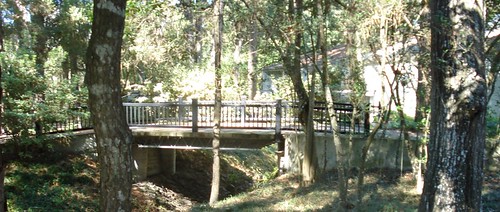
Up on Oak Lane, behind Memorial Elementary (where my cousin is a teacher, coincidentally), there is a private street with two houses separated from the street by the creek. Therefore they have little bridges for their driveways and walkways. It’s a charming effect, and one that plays out all along this creek.
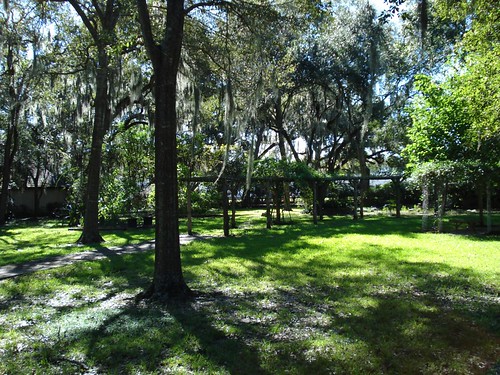
Also on this street, directly behind the school, is this park-like lawn. I was so tired and thirsty when I got here that I decided to sit in it and drink some water. It was most relaxing, but as I left, I was called by an old coot, who wanted to know what I was doing on his lawn. He spoke ominously of “suspicious characters” in the neighborhood. That’s a description of me if I ever heard one.
Soldier’s Creek truly defines Bridgewood Street. The name is appropriate—one must cross a small wooden bridge to reach this street, and then cross another to continue down it.
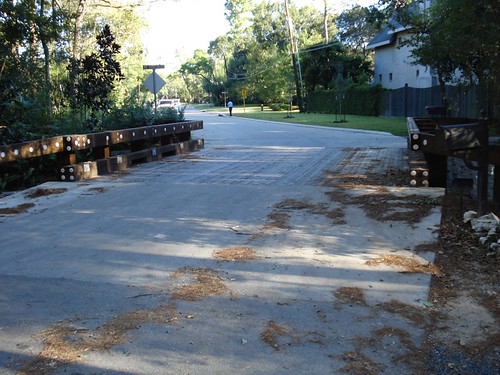
How many wooden automobile bridges does one ever see? The quaintness factor is off the scale!
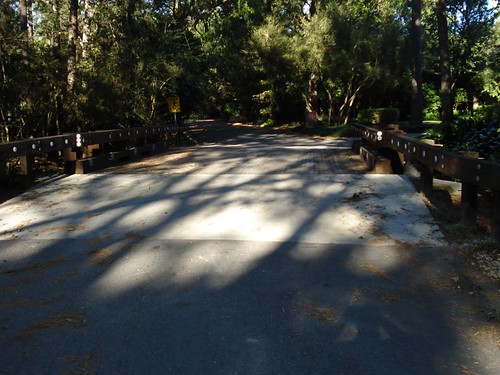
Furthermore, all the houses on Bridgewood street (except for two at the beginning of the street) are only accessible from the street by bridges.
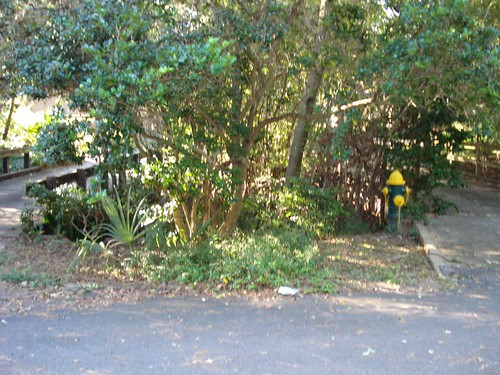
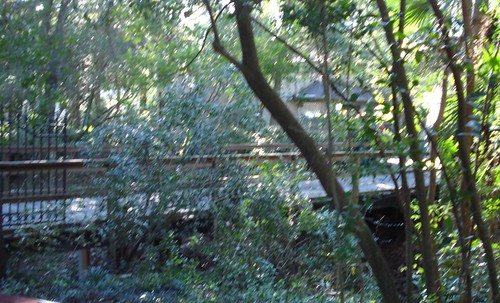
It’s a cool, almost medieval effect, but I wonder if the creek ever floods? Have these people ever found themselves trapped in their mansions?

This house at the end of the street was the most intriguing. It was a partially torn down ruin, but weirdly enough, even the task of tearing it down seemed incomplete.

As you can see, it is an empty shell, and the foundation is half bare. I have to say, I like it the way it is. But what’s odd is that there is no sign of demolition in progress—no backhoes, no taped off areas, not even any churned up dirt. There was a “for sale” sign, but it was laying face down and appeared to have been doing so for some time.
Another thing about this property that is strange is that the garage (which is intact but boarded up) and the house are separate buildings, on opposite sides of the creek. Indeed, the creek runs in a loop through the middle of the property. This may be a clue to why this otherwise beautiful property is an abandoned ruin. As far as I can tell, the two parts of the property that are separated by the creek are each too small to have a substantial house and garage. Oh, you could put a perfectly adequate house and garage on either side, but adequate is not enough for this neighborhood. And no one wants to have to park their car and walk 50 yards and over a bridge to get inside their house. It’s simply a very inconvenient lot for the average home-owner. If it was a normal house, it could go for $970 thousand, according to Zillow. But this is a lot that requires an eccentric owner. And rich folks in Houston might be eccentric in some ways, but are deeply conventional when it comes to their houses. It’s a shame, because this is one beautiful location.
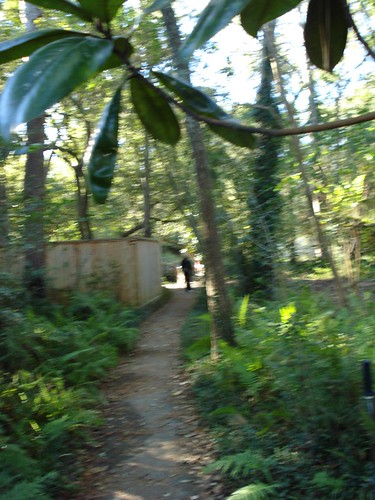
It has an additional benefit of a nice little footpath connecting Bridgewood with Hunter’s Park Lane.

Saddlewood has a tiny spur that is actually named Soldier’s Creek, and here are two bridges—a footbridge for a house, and another wooden bridge for cars. All these wooden bridges seem a bit, I dunno, rickety. Are they really safe for cars? Admittedly, they don’t get a lot of traffic.
Labels: 77024, Houston Streets, Memorial Villages
